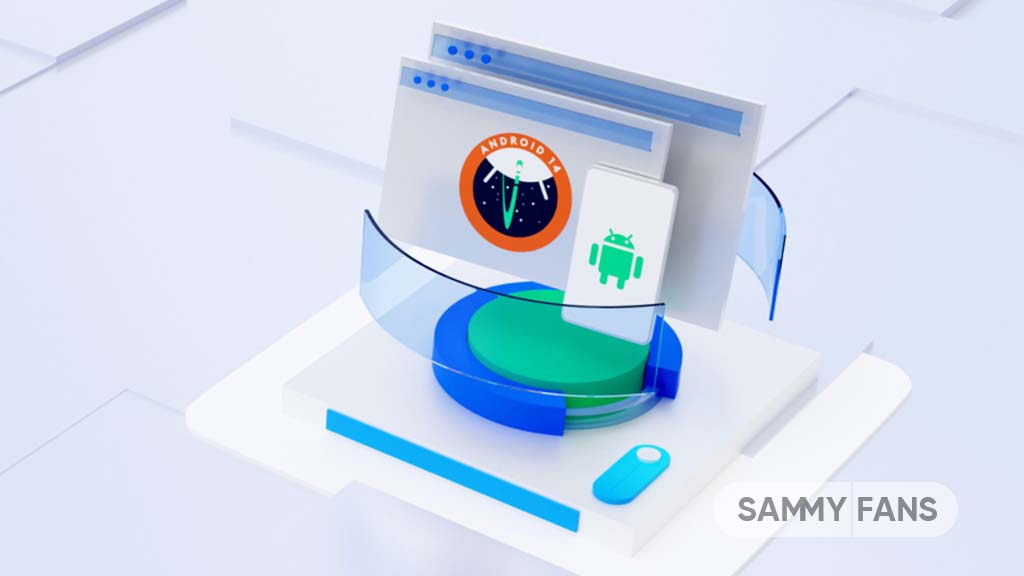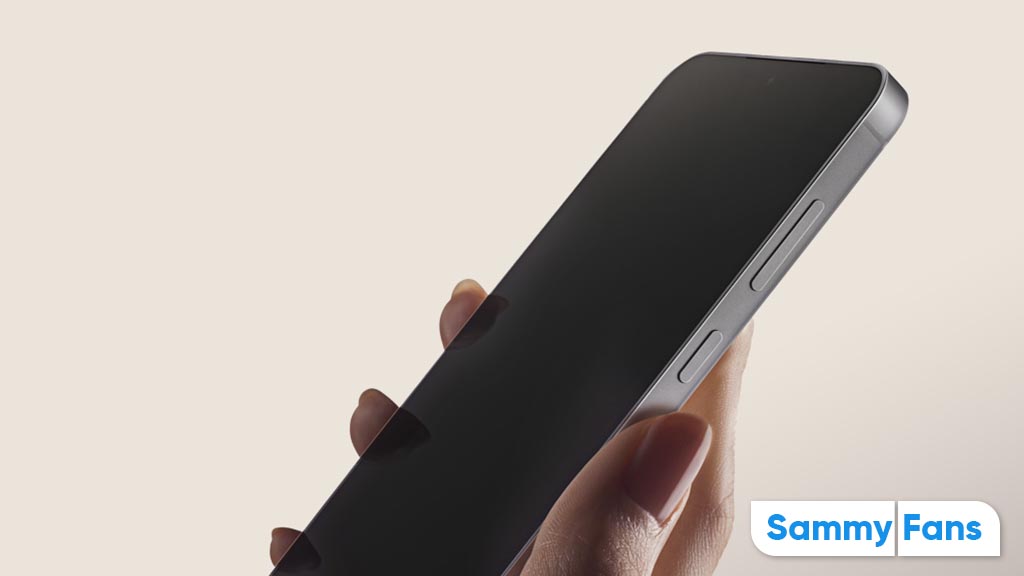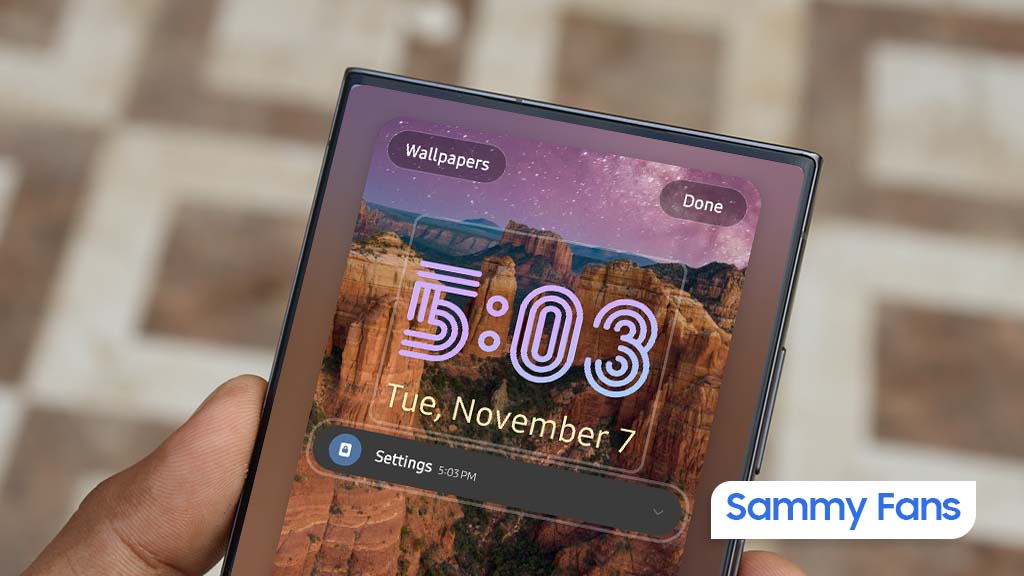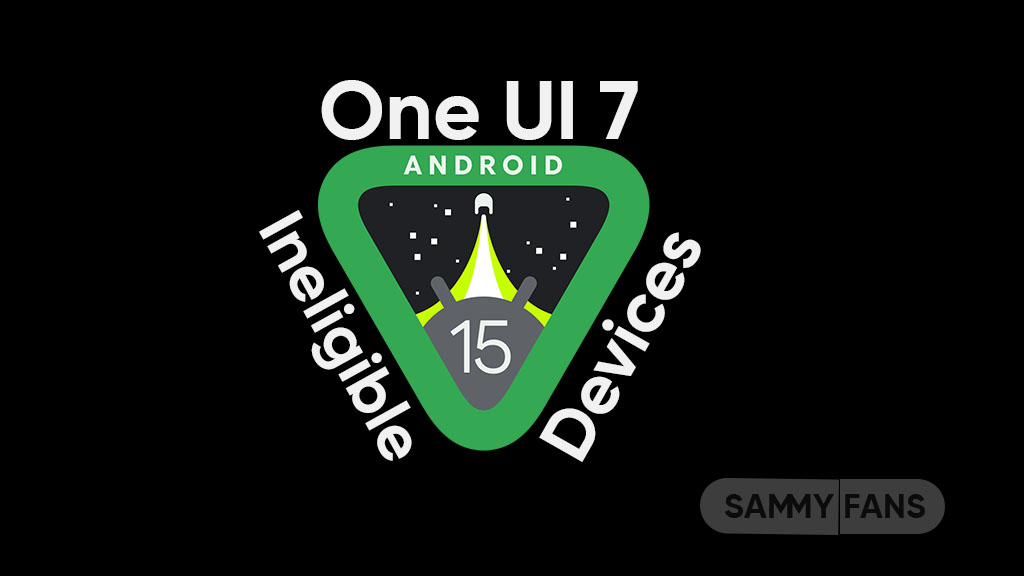Android
List of devices that are running the Android 14 Beta

On May 10, 2023, Google expanded Android 14 Beta to select non-Pixel flagship devices from partner brands. Samsung, as always, is skipping the Android Beta Program, while the new OS is available for select devices launched by iQOO, Lenovo, Nothing, OnePlus, OPPO, Realme, Tecno, vivo, and Xiaomi.
According to the roadmap, Android 14 may not get the third Beta in June 2023, along with hotfix updates. By the next month, Android’s version 14 will achieve the platform stability milestone, ensuring developers and OEMs that there won’t be major changes.
With Android 14, Google focussing on integrating Generative AI capabilities to Google Workspace services such as Messages and Gmail. The company teased a number of additions scheduled for release throughout the year, and the new OS will solidify stunning experiences.
The new OS adds an AI-powered Wallpaper feature, which will allow users to create walls through emojis as well as give a 3D effect. Most of the newly showcased features are already available for Samsung phones such as Cinematic Wallpaper is just a simple clone of Samsung’s Wonderland.
Moreover, the company revealed that it’s taking customization to the next level with the arrival of Android 14 later this year. There will be more new customization capabilities such as custom shortcuts and clock styles along with a new monochrome color theme.
Apart from this, there’s a lot in Google’s pipeline for the Android OS. It’s expected that the company may see the new version of AOSP by late July, meanwhile, the One UI 6 Beta is likely to begin this year early than the One UI 5 as Samsung is already testing it on Galaxy S23 internally.
These devices are running Android 14 Beta
- Pixel 4a 5G > Pixel 7 Pro
Lenovo
- Tab Extreme
Oppo
- Find N2 Flip
OnePlus
- OnePlus 11
Xiaomi
- Xiaomi 13 and 13 Pro
- Xiaomi 12T
Realme
- Realme GT 2 Pro
Vivo
- Vivo X90 Pro
iQOO
- iQOO 11
Tecno
- CAMON 20 Series
Nothing
- Phone (1)

Android
One UI 7 to bring Android 15’s secret Landroid screensaver

Android 15’s Easter Egg includes a secret Landroid screensaver mode that One UI 7 might borrow. Samsung’s next One UI iteration will be based on Android 15 OS. Core Android features such as Easter Egg will be included in Galaxy’s next major upgrade.
Debuted as a Landroid screensaver, Android 15’s Easter egg was added with the latest Beta. Google News Telegram channel’s Nail Sadykov discovered that the Easter egg game is equipped with an integrated screensaver mode.
To activate Easter Egg, head into Settings followed by About phone and Android version. Once done, tap the displayed Android version several times until you see the Android 15 bugdroid logo floating in space.
Space travel mini-game will be available to play added with Android 14. When you initially trigger the mini-game, you should have unlocked the new screensaver, tucked away under Settings → Display & Touch → Screen saver → Landroid.

After activating the screensaver, you can set your phone on your desk. Now, the phone will let you watch the Easter egg game take over in autopilot mode, as the spacecraft automatically dodges planets – it provides a better experience on a tablet placed on a dock.
AI
Android 15 might let you share AI-generated wallpapers

Google introduced the AI Wallpaper feature with the Pixel 8 series. The same functionality is also available in Samsung’s Galaxy S24 series thanks to Genini Nano. Now, Google is preparing to make AI-generated wallpapers sharable with Android 15.
Pixel’s ability to create AI-generated wallpapers is quite popular among users. Currently, the feature only allows users to generate stunning wallpapers and apply on the home screen and lock screen. Sharing with someone presently requires to be saved as a screenshot.
Threads user @the_husbandalorian discovered interesting evidence in the latest Beta. The company is working on a new option in Android 15 to share AI-generated wallpapers. A new share button is added on the preview screen in the wallpaper picker interface.
Post by @the_husbandalorianView on Threads
The preview will display how the wallpaper will be applied to your phone’s home or lock screen. The pencil button will allow you to refine the prompt used to create the wallpaper. Share button is all you need to share AI-generated wallpaper with others.
At present, the ability to share AI-generated wallpaper is broken. It suggests the feature is still under development and requires additional work. The next Beta might make it functional for Beta users, and we guess public availability with a Stable rollout.

AI Wallpaper in One UI 6.1
Android
Samsung Android 15 Update: One UI 7 Ineligible Devices [LIST]

Samsung is very well known for its excellent after-sales service and software support. The company announced that it will provide up to 7 years of major OS upgrades and security updates for its flagship devices, starting with the Galaxy S24 series. This is a remarkable achievement that will allow Samsung users to enjoy the latest features and security enhancements for a long time.
Not all Samsung devices will be eligible for the upcoming Android 15-based One UI 7 update, which is expected to bring several new features and improvements. Some older and lower-end models of the Galaxy A, Galaxy M, and Galaxy F series have reached the end of their software upgrade cycles, and will not receive any further OS updates.
Follow our socials → Google News, Telegram, X (formerly Twitter), Facebook
However, these devices will still receive security patches for another year, but they will miss out on the new features and benefits of One UI 7.

Android 15 Easter Egg [Customized by Camila Foster, Sammy Fans]
Samsung Android 15 One UI 7 Ineligible Device List
The following is the list of Samsung devices that will not get the Android 15 One UI 7 update:
Galaxy A series
- Galaxy A04s
- Galaxy A13
- Galaxy A23
- Galaxy A72
- Galaxy A52
- Galaxy A52 5G
- Galaxy A52s
Galaxy M series
- Galaxy M53 5G
- Galaxy M33 5G
- Galaxy M23
Galaxy F series
- Galaxy F23
If you own any of these devices, you may want to consider upgrading to a newer model that will support One UI 7 and beyond.
Note: The list is compiled on software update policy and previous rollouts.










